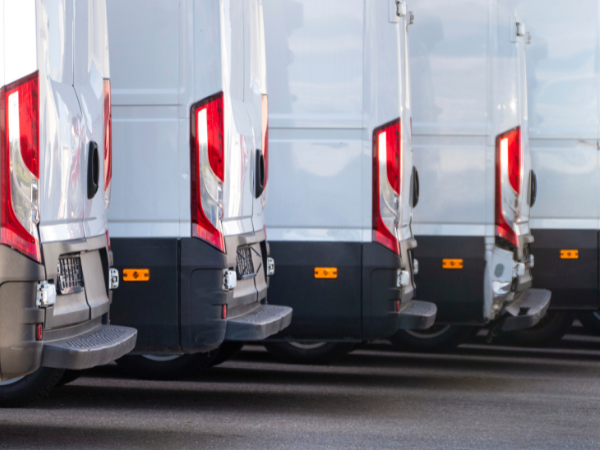Are we set to see an electric van boom?
Recent advancements in battery technology have made electric LCVs just as viable as electric cars, and as such, there are a growing number of models becoming available.

In recent news, Royal Mail announced that it aims to grow its EV fleet 10 times over and it’s also been reported that DPD have placed an order for 750 new electric vans, putting it on track to have more than 1,700 EVs on UK roads by the end of 2021.
What’s more, the need for greener vans has never been greater. We live in an age of increasing home deliveries, where consumers want products now, not tomorrow. With the rise in online shopping throughout the pandemic, people are opting for home delivery services.
This means more LCVs on the road, more stops, and more journeys to and from the depot. Naturally, all of this will have an impact on local air quality.
However, you may have noticed that there still isn’t a parallel trajectory with the number of EVs on UK roads? This is because we have seen some significant barriers to entry for LCVs such as:
Cost – it is perceived that e LCV’s are expensive, however in reality the total cost of ownership is less when you take into consideration all factors.
Concern around range – previously range was an issue but with increased charging points around the country and the fact that many e-LCVs can travel between 100 and 200 miles on a single charge, there shouldn’t be any real anxiety around this.
Culture and operational change – Driver training and awareness is critical, so fleet decision-makers will need to keep this front of mind to ensure a successful transition away from diesel/ petrol vehicles.
A future to cleaner, greener vans becoming the norm isn’t far from sight. However a huge player in the drive in uptake with e LCV’s lies in both raising awareness of the undoubtable benefits these vehicles have to our local communities and planet, and in the government providing the necessary support to make them more attractive to businesses.
Understanding Electric
Conventional Hybrid (HEV)
Hybrid Electric Vehicles or HEVs have both a battery and a petrol/diesel engine. You can’t plug these cars in and you will be using the petrol/diesel engine for the majority of the time.
Plug-in Hybrid (PHEV)
Plug-in Hybrid or PHEV’s also needs to be plugged in to charge its medium-sized battery. However, PHEVs have a traditional petrol or diesel engine as well.
100% Electric (BEV)
Battery Electric Vehicles or BEVs, are powered just by a large battery and an electric motor. Meaning zero CO2 emissions!
Looking for a new EV?
Talk to the Leasing Made Easy team today.
